How Abercrombie & Fitch Co. turned their business around?
What's the strategy that's taking the infamous American clothing brand back to the top?
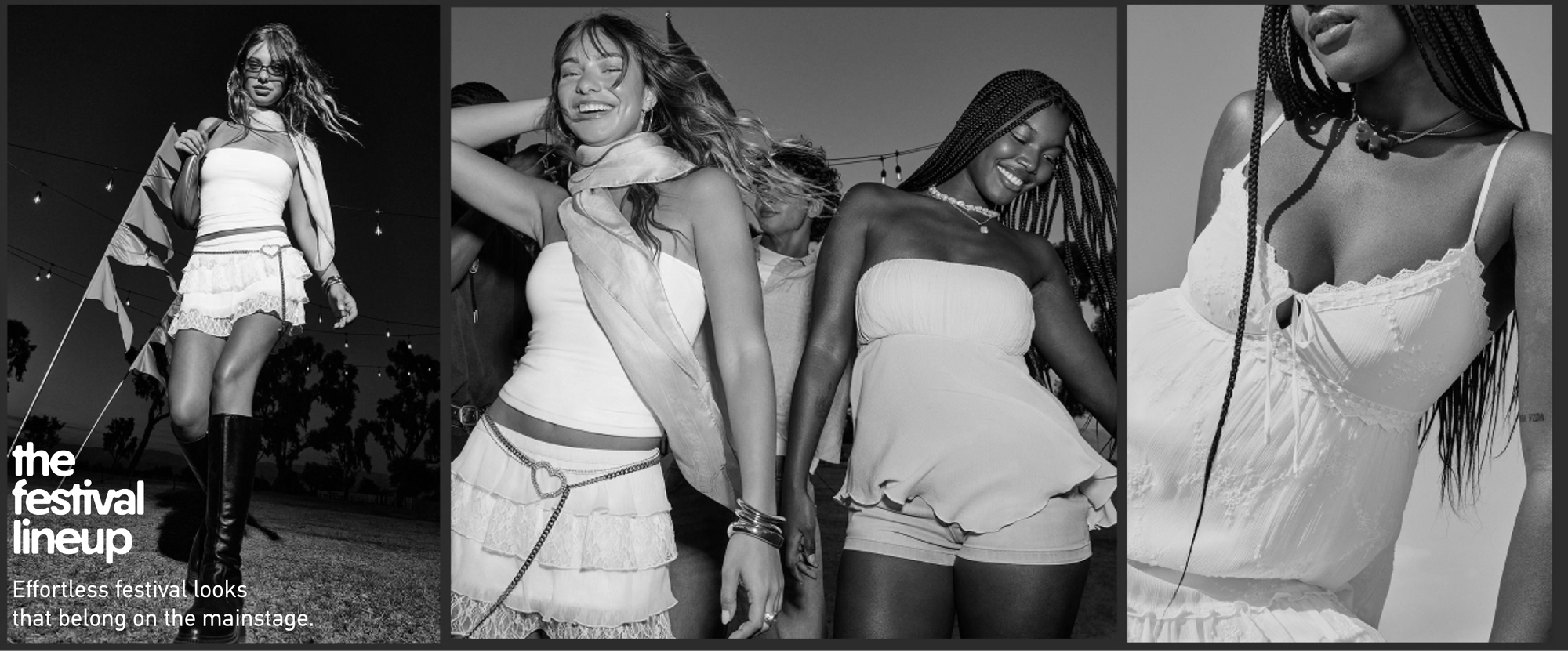
For a long time it seemed as if Abercrombie & Fitch was doomed.
The legendary 90s American clothing brand had, by all educated accounts, run its course.
Plagued by scandal and a product offering that no longer seemed relevant, most wrote the business off as a has-been.
But Abercrombie & Fitch, and the broader Abercrombie & Fitch Co. group, are staging an impressive comeback. Sales are humming along, and despite the threat of Trump's silly tariffs, investors are piling in.
Hollister (another brand in the Abercrombie & Fitch Co. stable) is now ranked, according to the recent Piper Sandler survey, as America's #1 female teen clothing brand and Abercrombie & Fitch itself is making great strides towards reclaiming its desirable ranking in the US marketplace.
How did they do it?
Here's some evidence that we've captured that may give a clue...
It's no secret that Abercrombie & Fitch is back - re-emerging from the clutches of death, the company rejected its awkward attachment to a weird frat-boy aesthetic and has rebranded itself as the go-to destination for stylish, matcha-sipping millennials who breeze around over-priced urban landscapes in developed countries.
Many have noticed that the company's stock price is soaring with revenues and margins on an eye-watering upward trajectory and if the buzz on social media is anything to go by, teenage girls just can't seem to get enough of what's being sold at Hollister.
Hollister
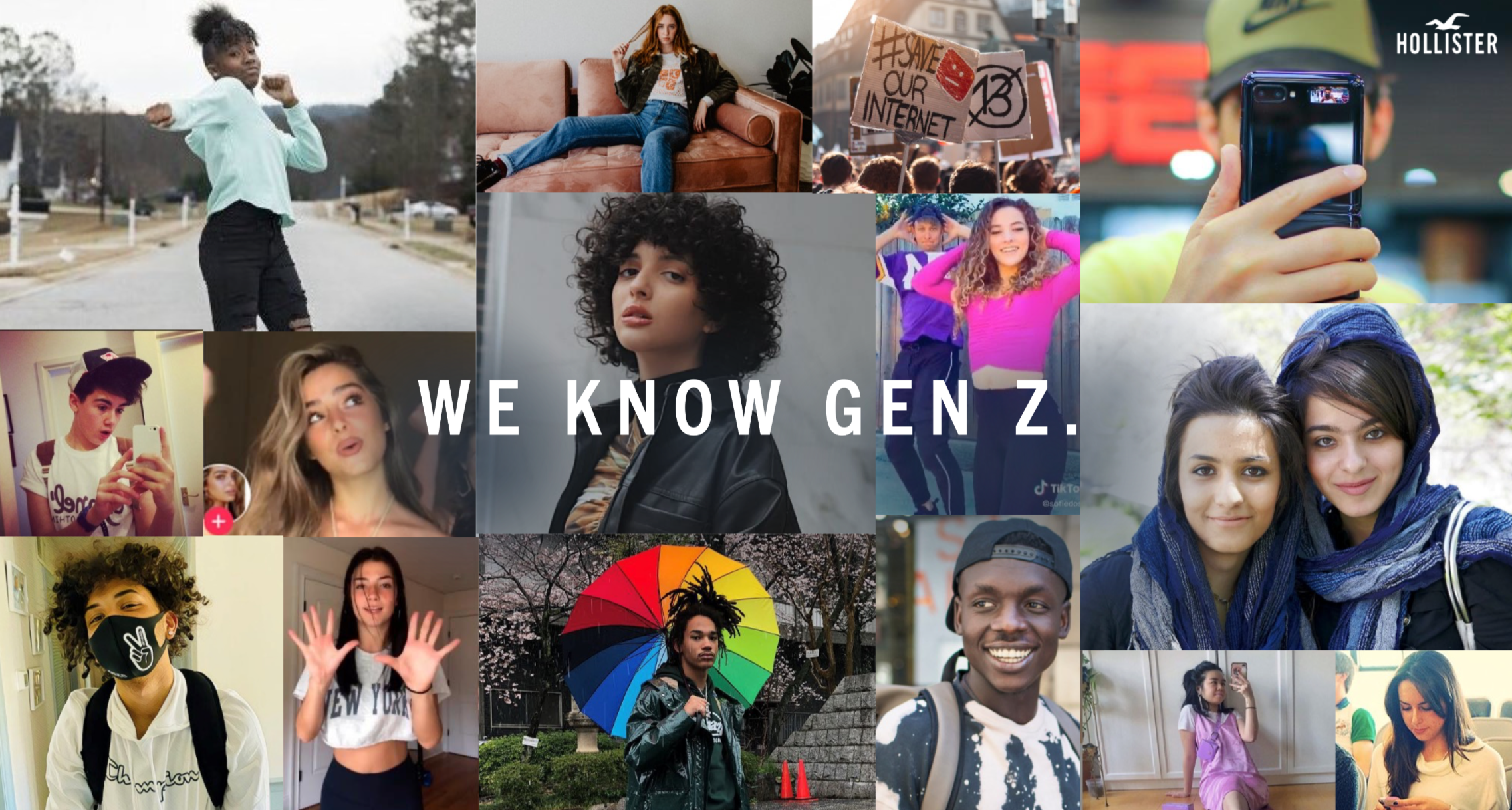
The Hollister Gen-Z approach, which is clearly working, is to offer hit-styles from yesteryear (which are determined thanks to a massive investment into customer data crunching and analytics) at incredibly affordable prices.
The good prices ensure that teenage girls are then compelled to buy items all year round, rather than having to wait for overpriced items to go on markdown at selected times of the year.
That's right, the entire focus of Hollister brand is Gen Z - nobody else.
The infamous haul videos that helped the likes of Shein and Temu take over TikTok - and dominate teen wallets - seem to be baked into Hollister’s social strategy at just the right moment to steal back market share. - via Puck
The lazer focus of Hollister is however a part of a strategy that has been adopted by the broader group.
The bigger group's strategy picture
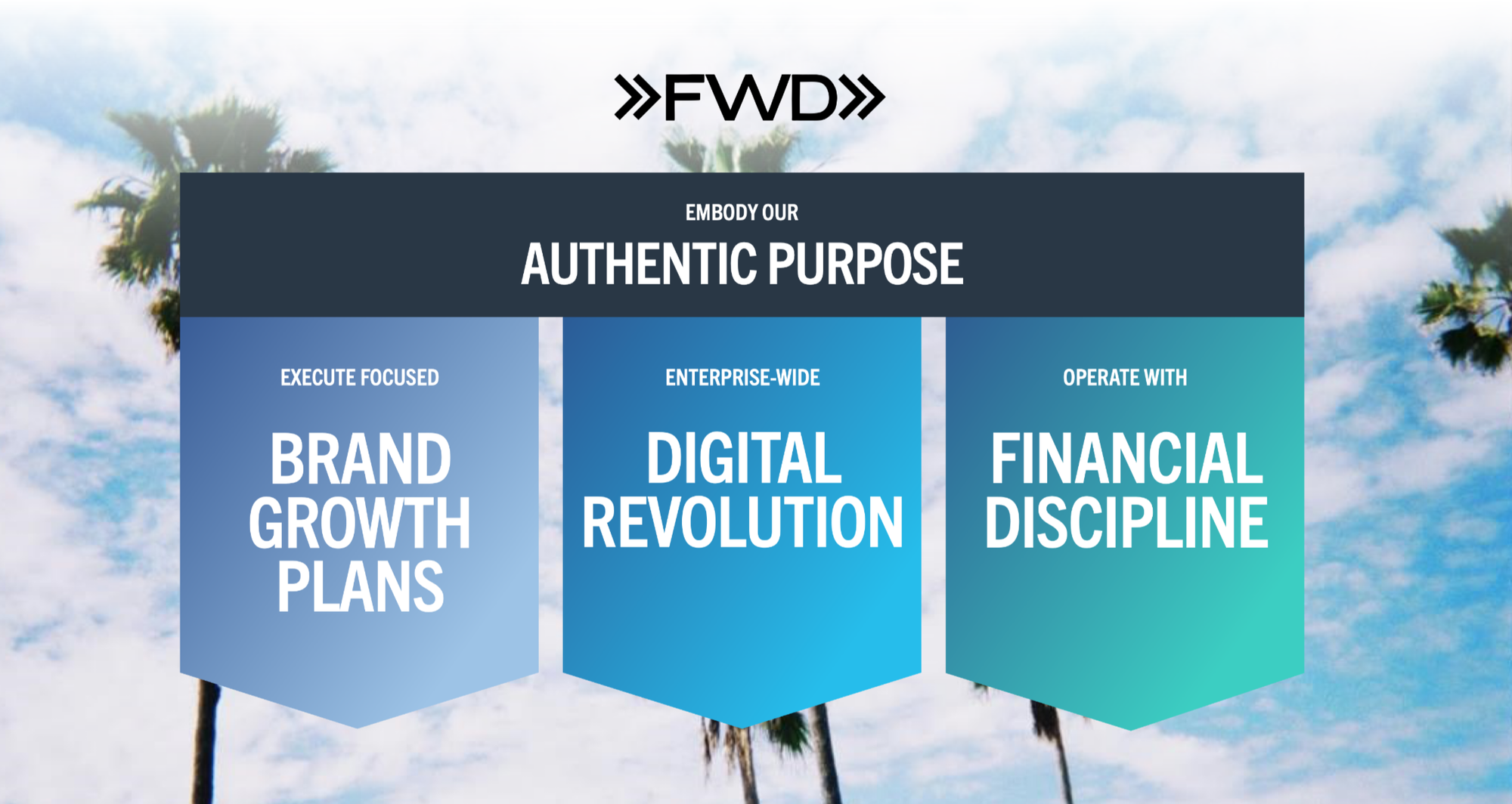
According to a detailed report written by Sarah Shapiro and published by Puck:
After she became C.E.O. of Abercrombie & Fitch Co., in 2017, Fran Horowitz systematically dismantled everything that had previously made the group toxic—the exclusionary marketing, the Bruce Weber softcore photo shoots, the frat boy corporate culture, etcetera—and rebuilt the business around customer feedback and insights. Rather than trying to dictate what teens should wear, she used data mined from a younger audience to inform product development. She also implemented what she has repeatedly referred to as “inventory discipline” to create the kind of controlled scarcity that drives demand, rather than the excess that results in future markdowns.
This pretty much sums up the strategy.
A brand for every stage
The group understands that they're not just selling apparel, they're investing heavily in brands that generate a steady flow of sales, while improving price elasticity.



Each brand in the A&F Co. stable caters for a different customer. From stylish casual wear to activewear - the group offers options in the marketplace so that there's a dog-in-the-fight throughout the broader category.
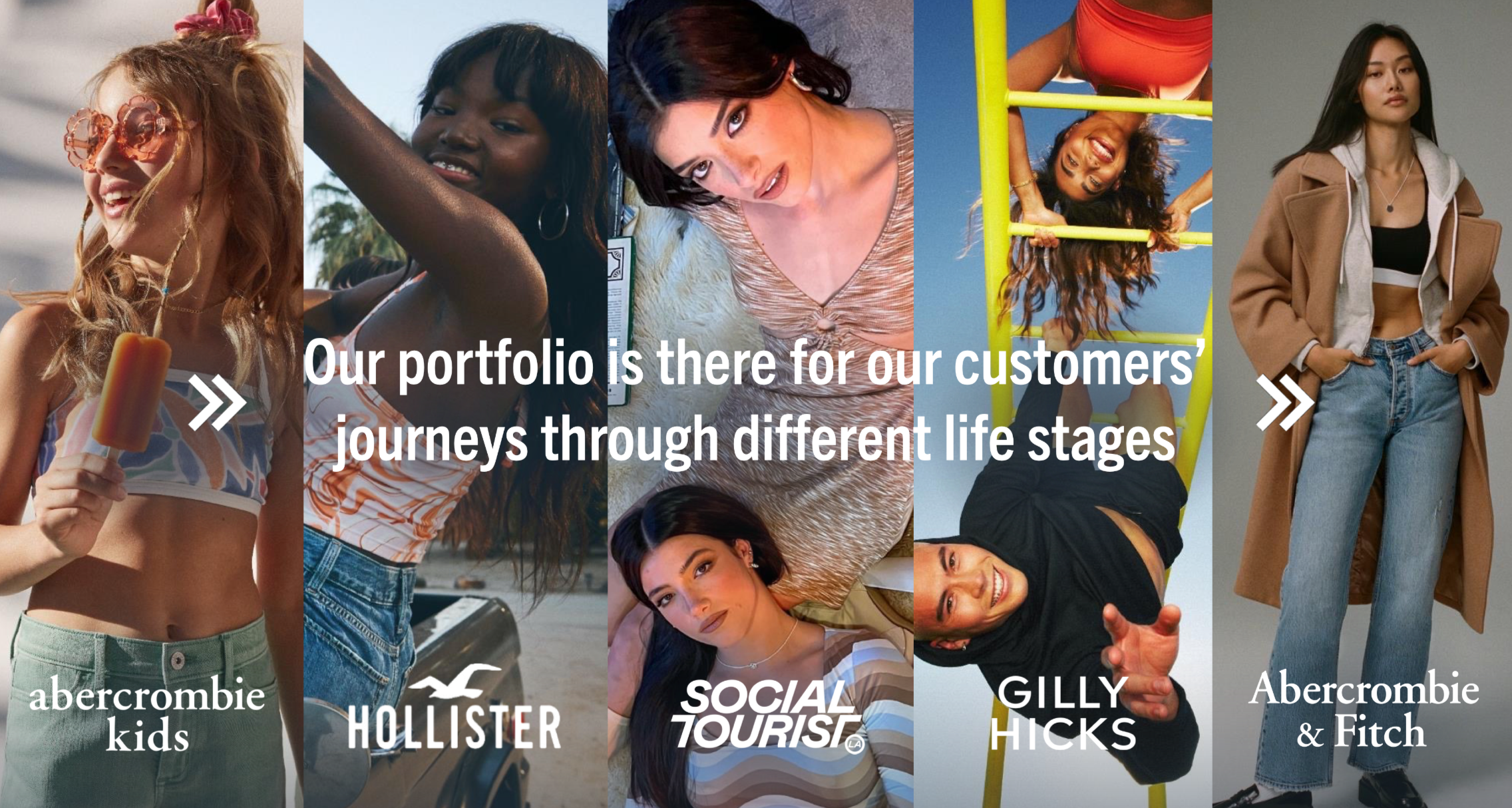
Building word-of -mouth
Physical accessibility needs to be co-ordinated in combination with mental availability and A&F Co.'s approach is to make sure that their brands show up everywhere. Using a clever combination of traditional brand building and PR, together with influencer marketing and digital promotional tactics - reach is the goal.
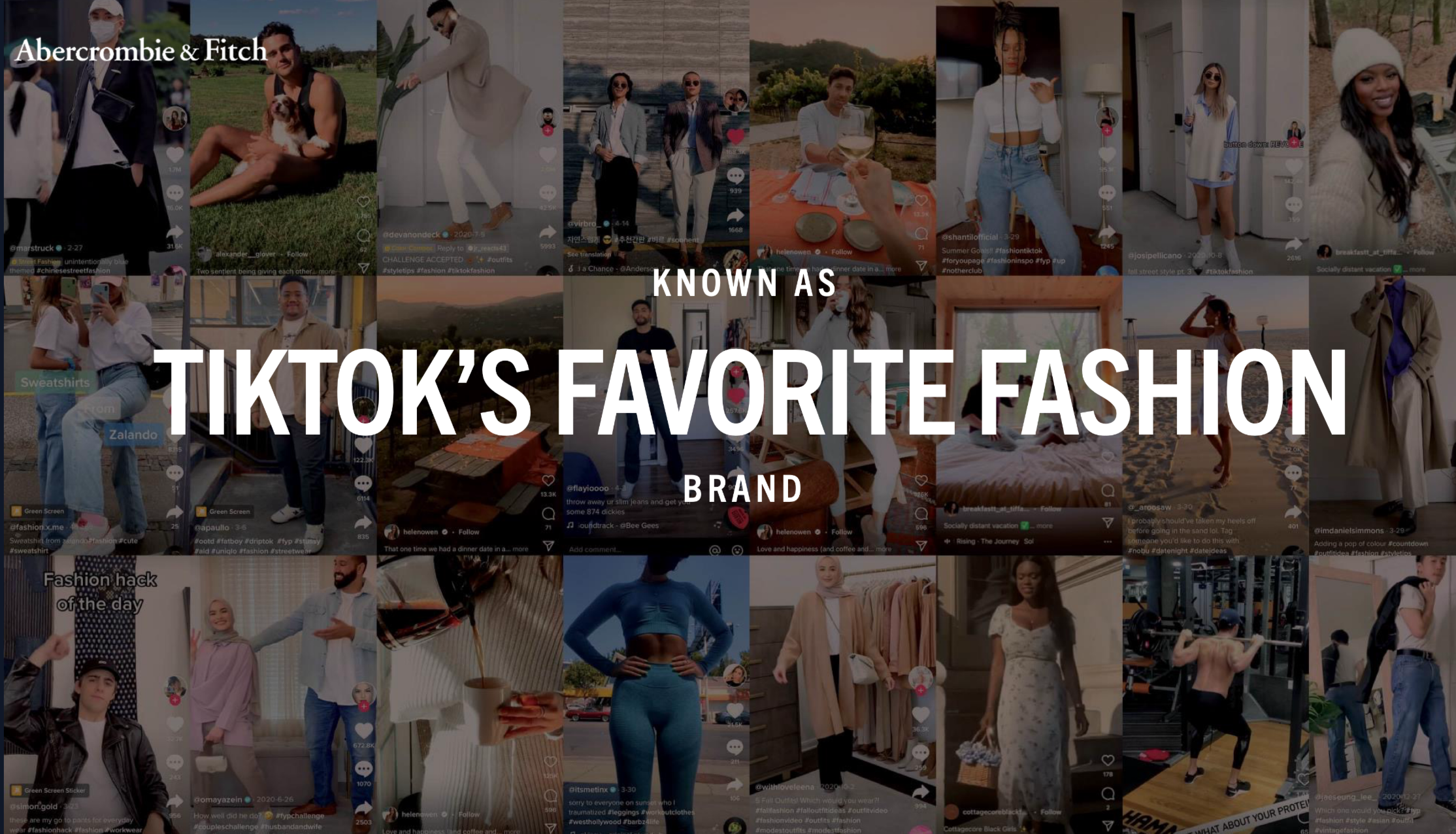
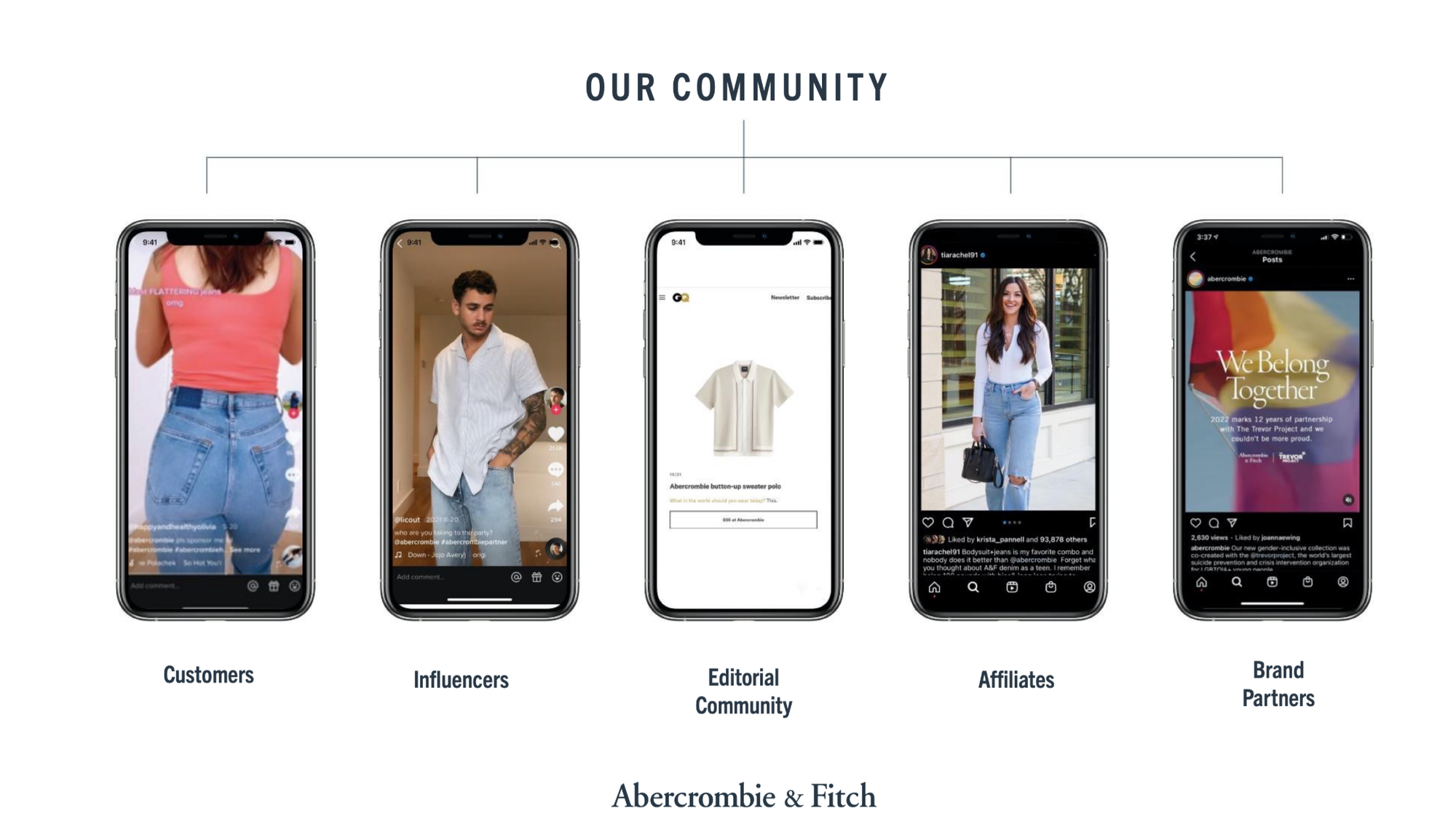
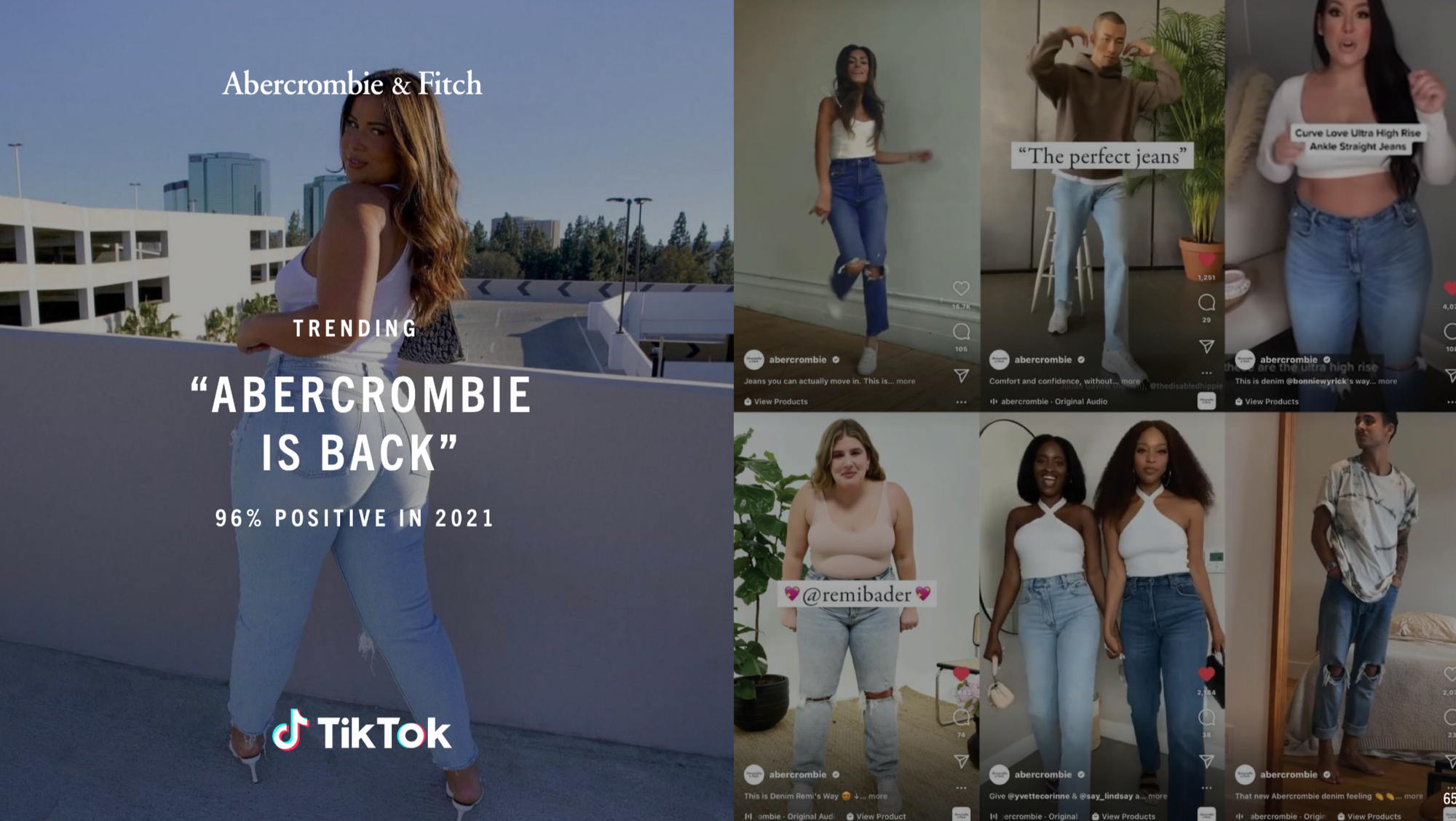
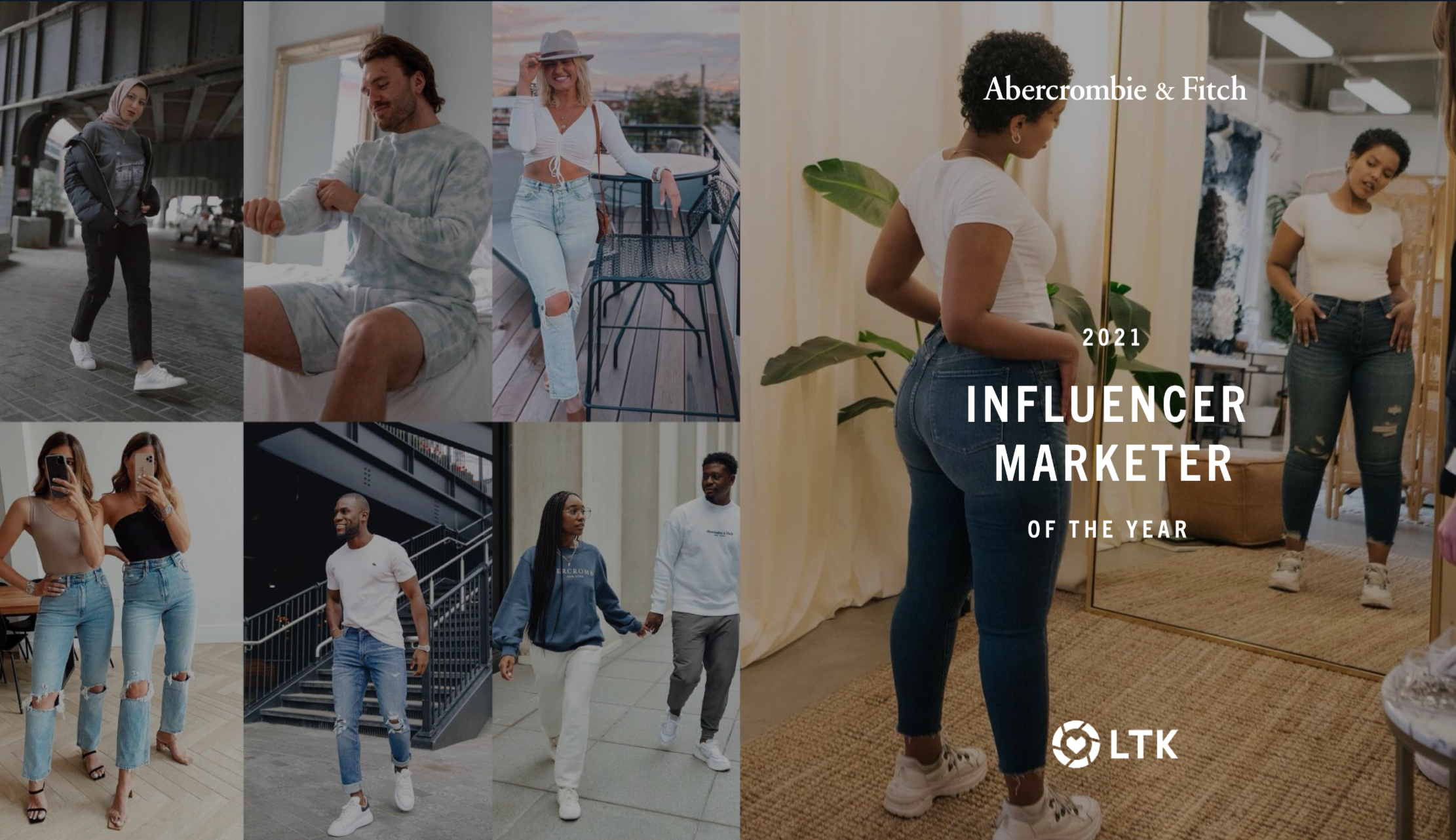
The reframing of Abercrombie & Fitch Co.'s core business
Although they sell apparel, the company doesn't classify themselves as a clothing company. This shift in focus can be traced back to the company's 2022 strategy document where they announced a shift towards an enterprise-wide digital transformation.
The transformation is segmented into two reinforcing loops: Know them better and WOW them everywhere.
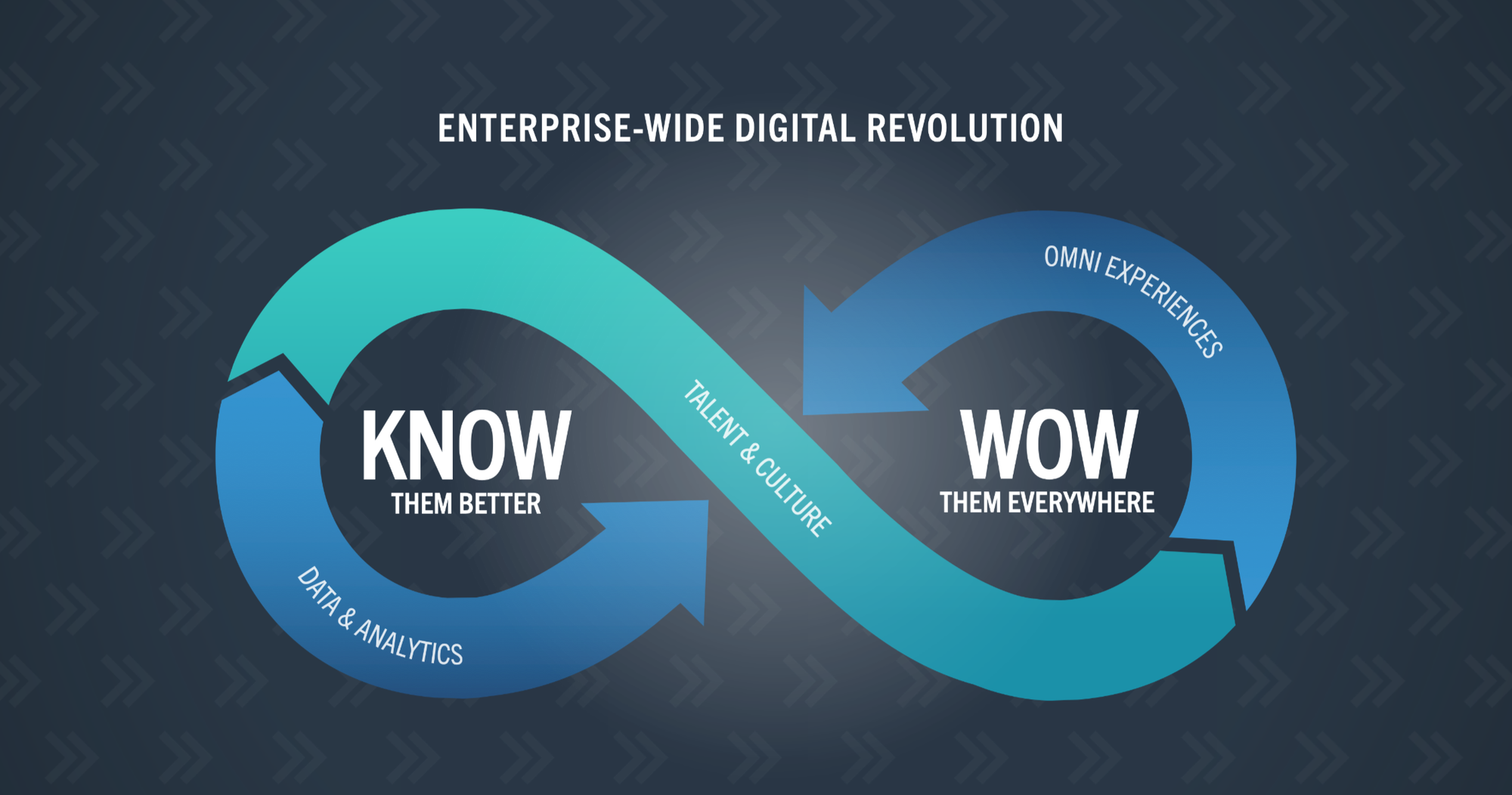
Know them better
Instead of thinking of themselves as retailers, they chose to reconsider the business as a technology business. Using data and analytics, the plan was to develop a predictive view of customer needs, and then based on this view - offer the right product at the right time and place and in the perfect quality.
Lots of companies pay lip-service to the concept of customer centricity. By the look of things A&F Co. has successfully transcended the rhetoric and reorientated the organisation's entire mindset towards customer centricity. By taking the point of view of the customer seriously, they were able to authentically develop a proper understanding of demand and let that lead their decision-making.


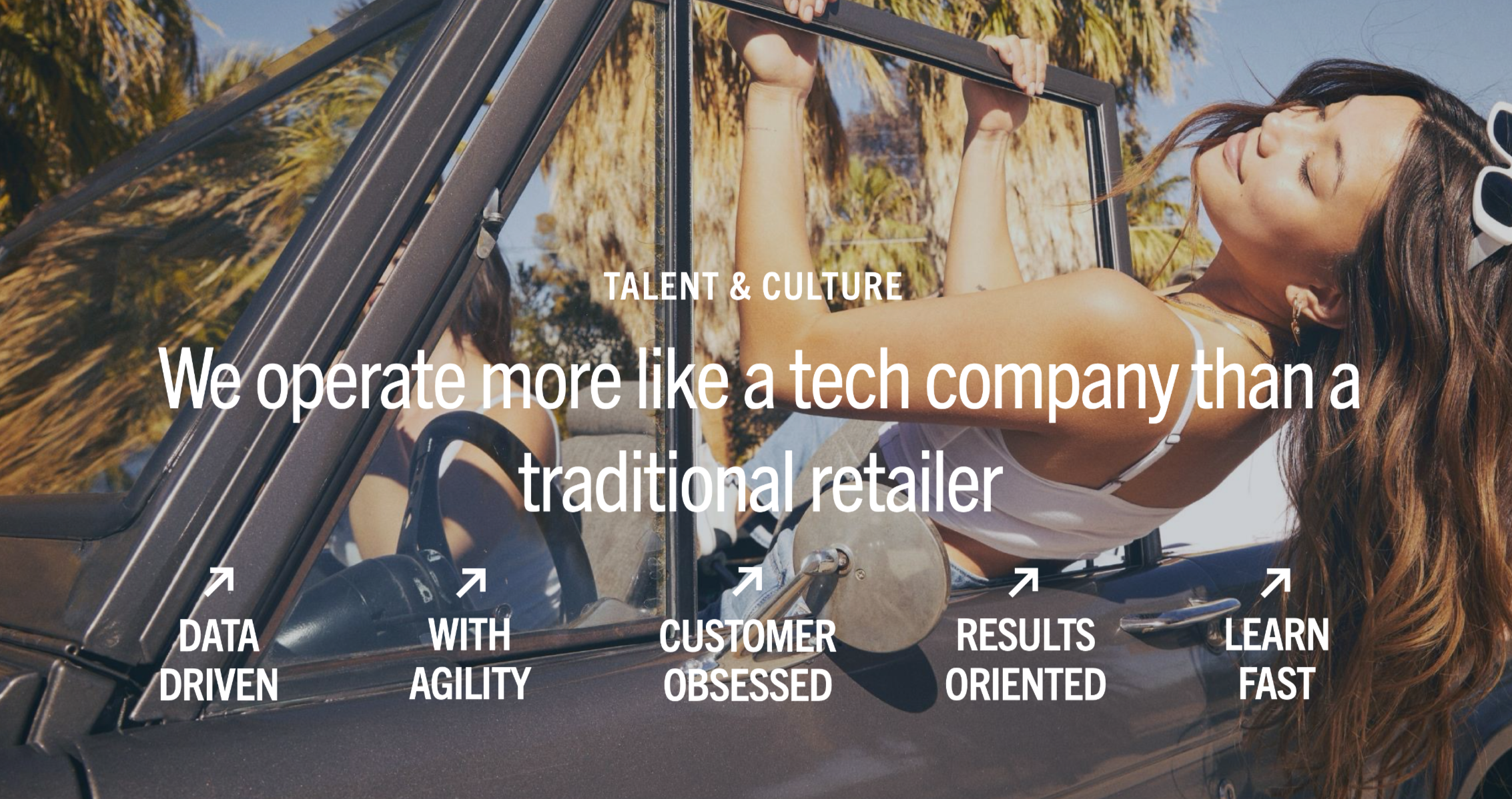
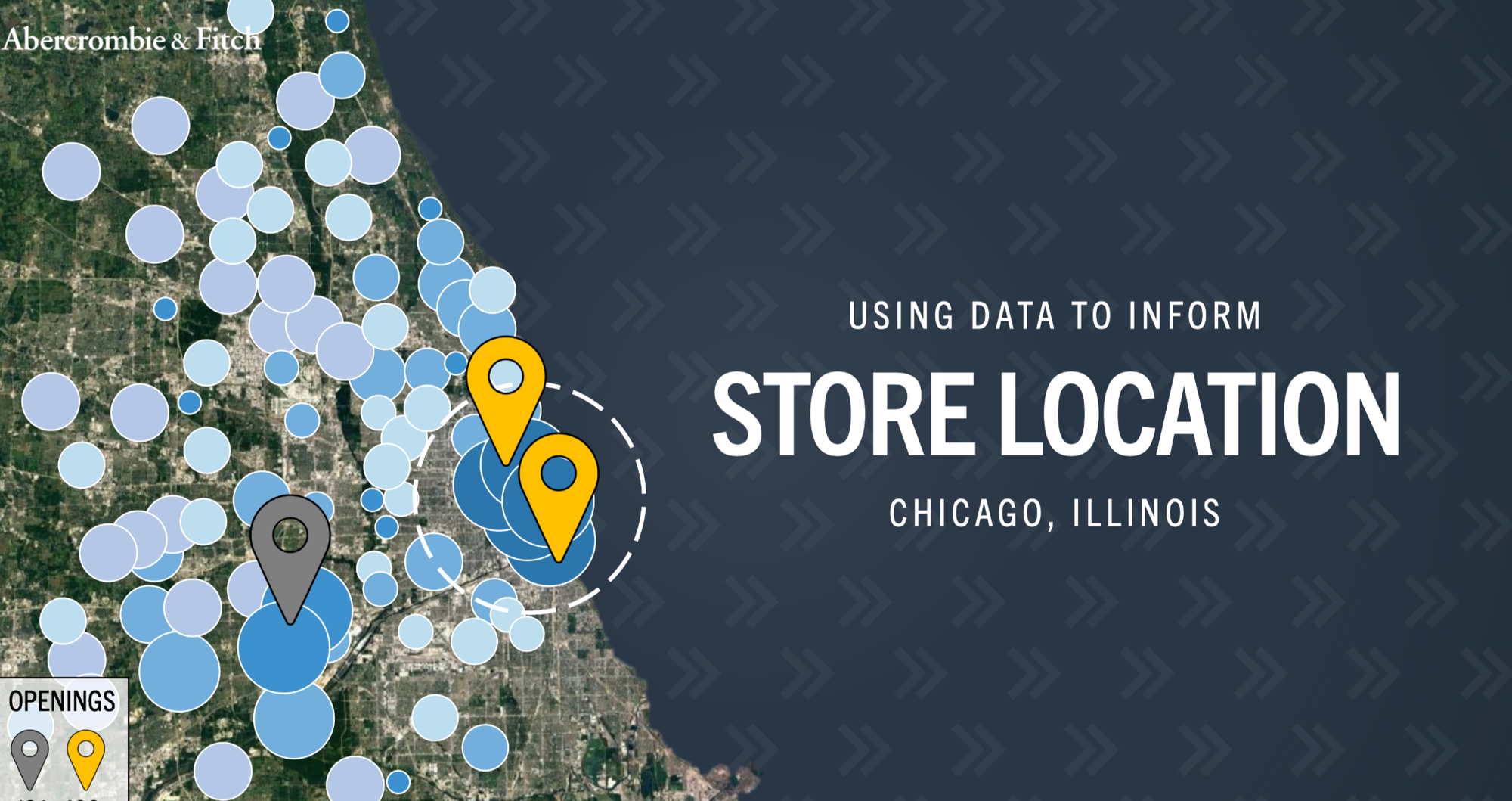





WOW them everywhere
Granting seamless accessibility to the brand meant that the groups omni-channel approach had to be completely integrated so that the customer experience of the brand is 'one of pleasure', rather than an endless stream of annoying app updates.
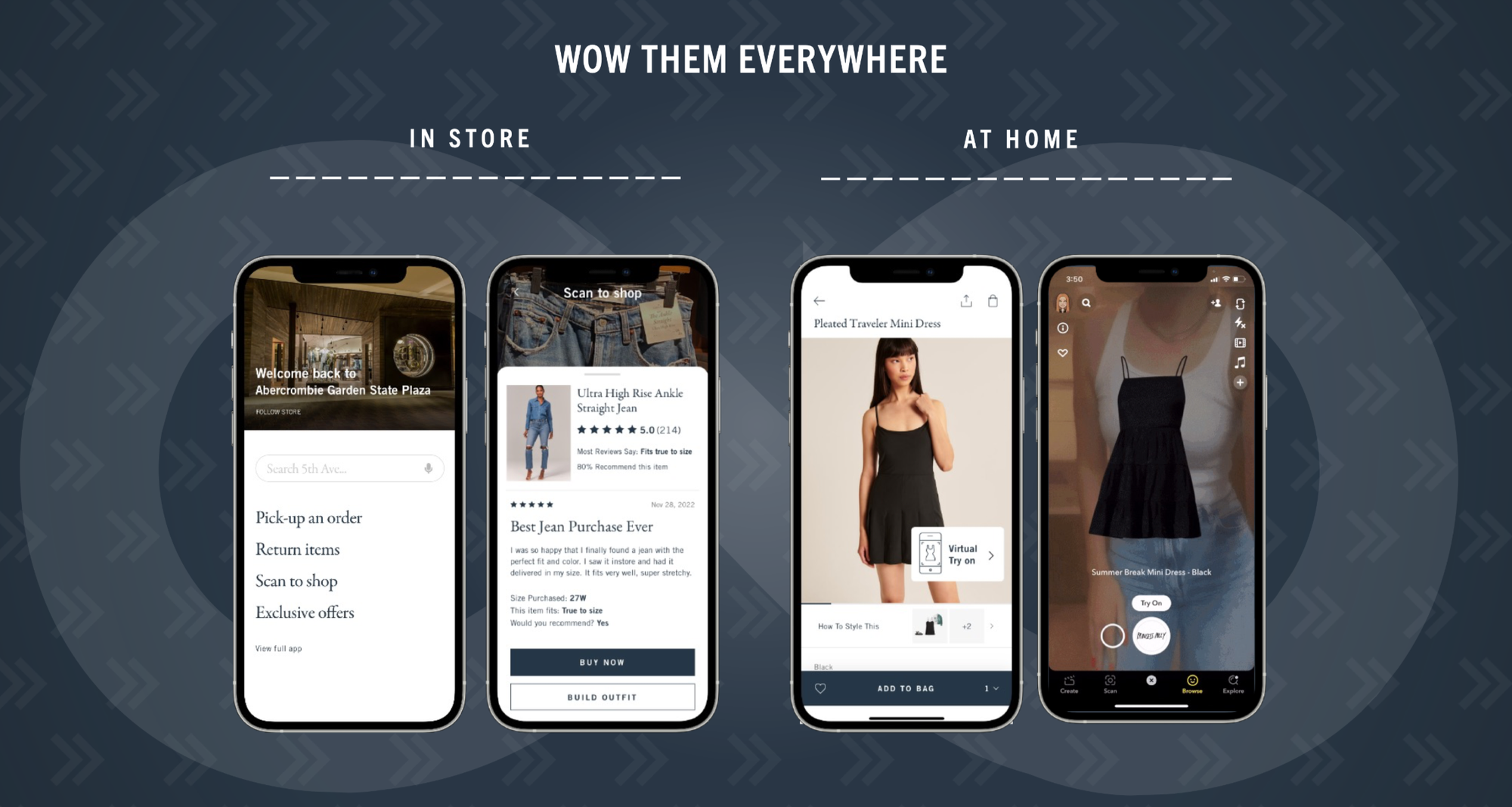

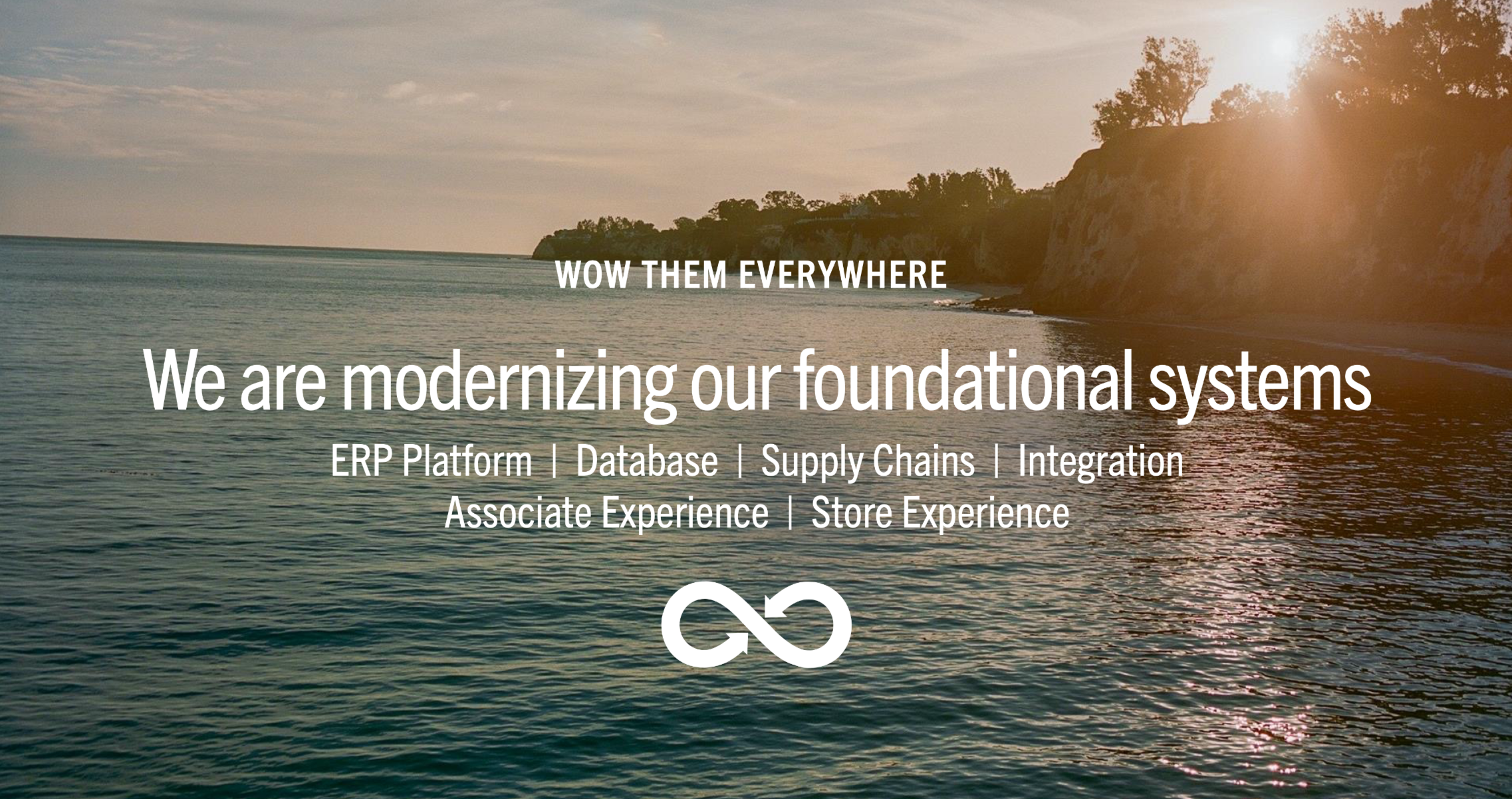
Getting this right means that a business needs to attract the best talent to design and implement these best-in-category systems.
Thinking like a tech company means purposefully attracting young people who are keen and able to innovate by offering them an environment in which they are guaranteed to learn and obviously great pay and incentives.
Mindset is critical when attempting a revolution, which is exactly why Fran Horowitz purposefully threw out the old business playbook and embarked on this radically different approach towards an alternative future.
This DTC strategy so far seems to be working and based on the TAM numbers that are being pitched by the CEO there is still a lot of potential market share that the group is still able to capture with this thinking.
Brand-led growth + Product optimisation + Financial efficiency - these are the pillars of success that have been chosen and so far it's a simple, but shrewd playbook that's unlocking this outperformance.

